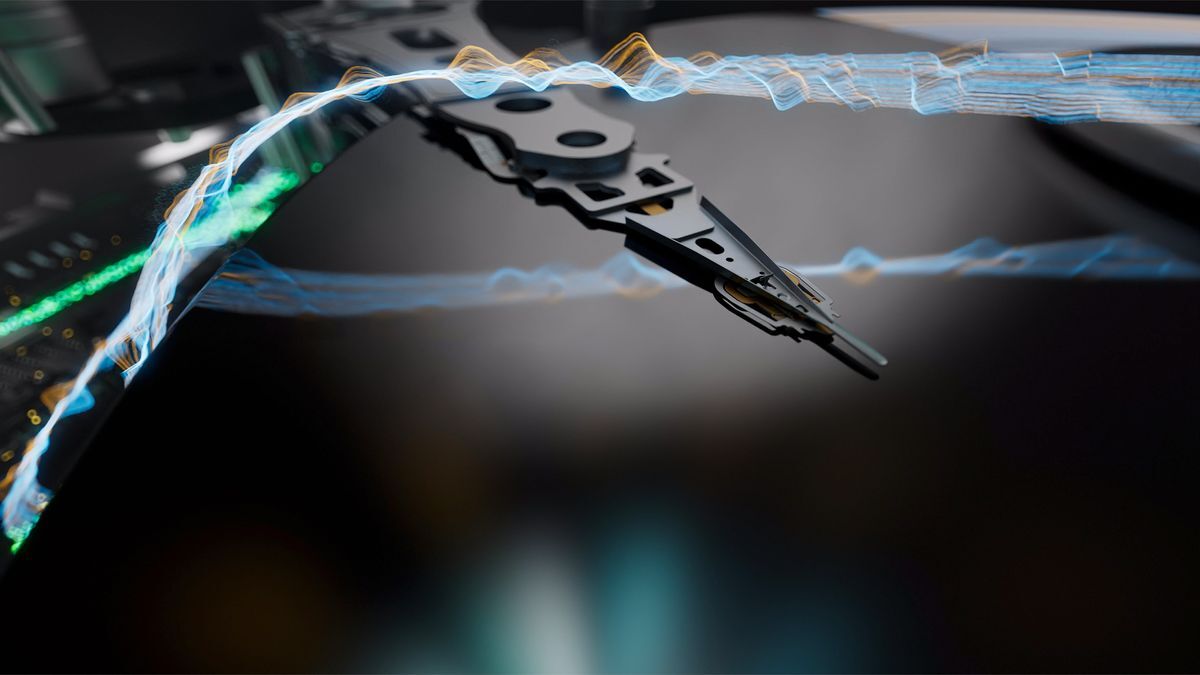Seagate this week unveiled the industry’s first hard disk drive platform that uses heat-assisted media recording (HAMR). Tom’s Hardware:
The new Mozaic 3+ platform relies on several all-new technologies, including new media, new write and read heads, and a brand-new controller. The platform will be used for Seagate’s upcoming Exos hard drives for cloud datacenters with a 30TB capacity and higher. Heat-assisted magnetic recording is meant to radically increase areal recording density of magnetic media by making writes while the recording region is briefly heated to a point where its magnetic coercivity drops significantly.
Seagate’s Mozaic 3+ uses 10 glass disks with a magnetic layer consisting of an iron-platinum superlattice structure that ensures both longevity and smaller media grain size compared to typical HDD platters. To record the media, the platform uses a plasmonic writer sub-system with a vertically integrated nanophotonic laser that heats the media before writing. Because individual grains are so small with the new media, their individual magnetic signatures are lower, whereas magnetic inter-track interference (ITI) effect is somewhat higher. As a result, Seagate had to introduce its new Gen 7 Spintronic Reader, which features the “world’s smallest and most sensitive magnetic field reading sensors,” according to the company. Because Seagate’s new Mozaic 3+ platform deals with new media with a very small grain size, an all-new writer, and a reader that features multiple tiny magnetic field readers, it also requires a lot of compute horsepower to orchestrate the drive’s work. Therefore, Seagate has equipped with Mozaic 3+ platform with an all-new controller made on a 12nm fabrication process.
Abstract credit: https://hardware.slashdot.org/story/24/01/19/1149214/30tb-hard-drives-are-nearly-here



I believe the current text only download version of wikipedia is only 45Gb, and pictures is only another 99GB on top of that. Text and static images are cheap, you generally need raw(or lots) of video to fill a couple 30tb drives in a home environment.